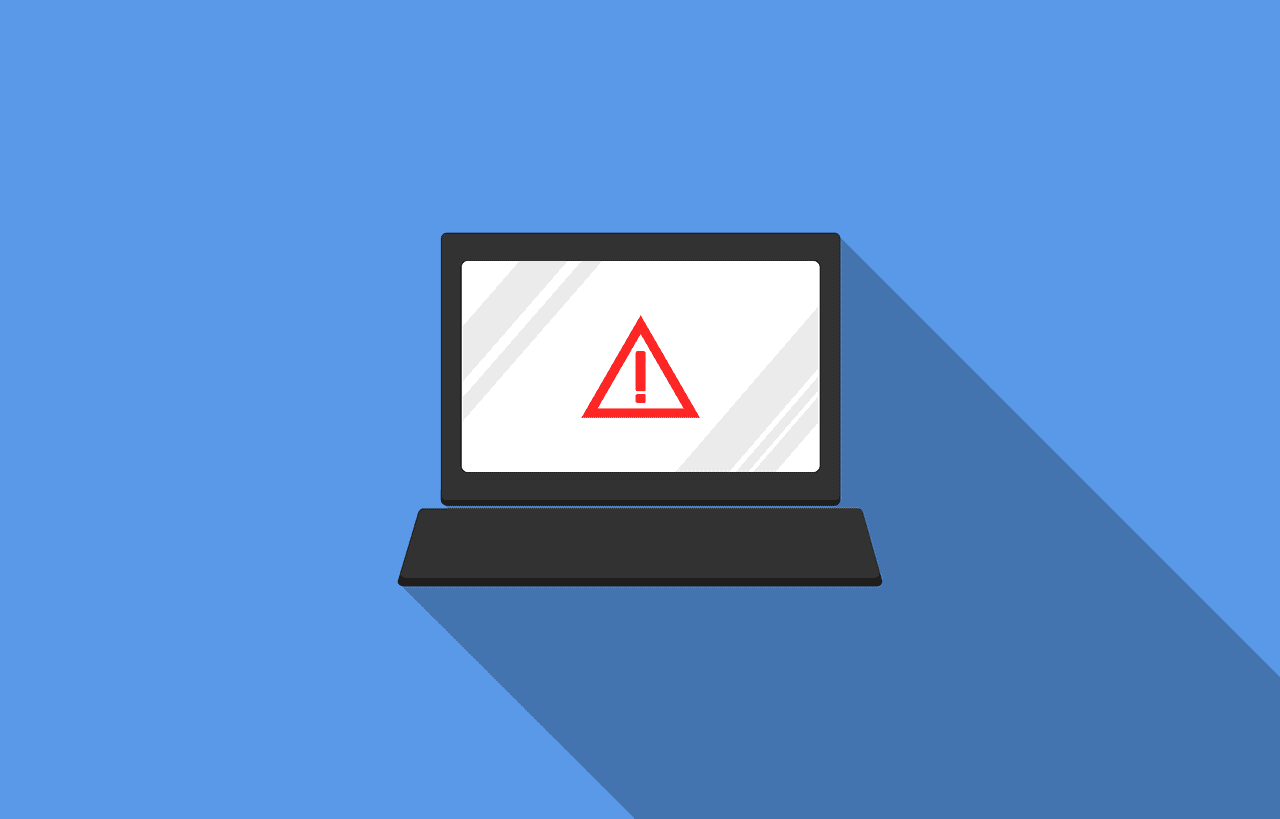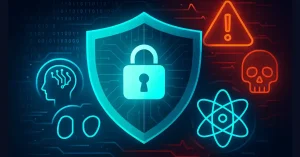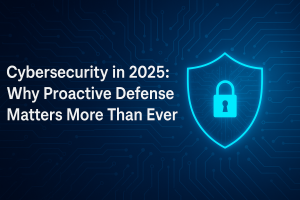The risk of cyberattacks against businesses has increased considerably. While the threat is across industries, small companies bear more of the brunt and may go out of business. A report from Cybersecurity Ventures says cybercrimes could cost the world around US$ 10.5 trillion annually by 2025. A sustained campaign has been to increase awareness and ensure businesses have robust IT policies and cybersecurity processes.
Several security risks can be identified and prevented. But, it is necessary to know about the cyber security threats to businesses that will help them have preventive measures in place. In addition, companies must be aware of the processes and procedures to prevent data breaches. The article discusses the top business security risks and how to thwart cyberattacks.
Malware and Ransomware
One of the critical cyber threats that businesses face is the risk of being infected by malware and ransomware. Hackers may take the help of malware to gain access to the company’s network and server infrastructure and wreak havoc on the operations. They are used to gain unauthorised access to the networks, get hold of the data, and cause harm to the servers. These attacks can target small businesses heavily and cripple their IT infrastructure.
The attackers can access mission-critical data, which can harm the business. More employees benefit from using their own devices, as it can minimise the use of business resources. However, these personal devices are a potential landmine as they have lower protection levels. It can increase the risk of malware entering the system manifold.
The attacks caused by ransomware have also increased over the years. The attackers can encrypt the company’s data that cannot be accessed and force the business to pay a ransom for unlocking the information. While big companies can have a backup of their information, it can become difficult for small businesses.
Preventive measures
Companies must invest in an endpoint protection mechanism to protect various devices against malware downloading onto the system. The admins also have a central dashboard to manage the entire network and update all user devices with the latest software versions.
Having web security processes to prevent users from visiting malicious web pages is equally critical. In addition, adequate procedures must be in place to prevent employees from downloading unauthorised software. It is also essential to enforce multi-factor authentication across the company.
Social engineering risks
Social engineering attacks can manipulate employees into parting with critical information. As more employees prefer to work from home, hackers attack when the employees connect to the company’s network. Some of the common forms of attacks are phishing, smishing, etc.
In phishing attacks, the attacker pretends to be a trusted connection and makes the user click on a bad link with malicious intent. The increase in such activities is because unscrupulous elements try to steal the user credentials of senior management personnel. They are challenging to combat, but using a security gateway can mitigate the risks. Several email security gateways can be of help.
Preventive measures
Companies must train their employees about the techniques used by hackers in carrying out smishing or phishing attacks. It can help them quickly spot any possible attacks. There are various security awareness platforms that you can find online. You must train your employees to be aware of emails and messages that create urgency and request you open a suspicious link. Always have the systems updated and use updated antivirus systems. Setting up a DomainKeys Identified Mail (DKIM) standard and a Sender Policy Framework (SPF) can help.
Website attack
Websites are increasingly becoming the ideal mode of communication for businesses with their audiences. Unfortunately, it is also seeing an increased number of attacks from hackers. And this is being counted among the common threats to businesses. Some of the common website attacks are DDoS, Man-in-The-Middle, etc. Therefore, the website must be on a secure web host. The IT team must assess the web host by checking its antecedents and IT infrastructure.
You must record the administrative rights and hand them out. The web admin must know the web server. Website scanners scan the website for malware and website errors. A web application firewall and periodic website backup can ensure proper website security.
Preventive measures
If you have a Drupal website, you must know the security modules associated with the latest version. For example, the Login Security module can limit the number of attempts a user makes and block an IP address. The Disable Login Page module can also prevent bots from accessing your website. In addition, several Drupal security modules or Drupal course can prevent attacks on websites.
Threats from employees
A significant threat that businesses face is from their employees. Companies have additional risks with the pandemic making work from home a reality. They can easily access critical data and undertake harmful activities that could be detrimental to the business. They can also harm alliances and clients, causing severe financial damage to the company.
Not all employees may knowingly cause harm, but several mobile security threats exist. For example, many of them can access public wi-fi services. These free services do not have a robust security infrastructure to prevent harmful attacks. Moreover, the passwords for accessing the networks are not of global standards. There are various app-based and network-based threats to which the employees are exposed.
Preventive measures
Employees shouldn’t access public wi-fi systems that are insecure. They must not save their employment-related passwords on their smartphones. The employees must attend workshops and training sessions to learn about the possible security threats they can face.
Cloud security threats
Businesses are increasingly moving their resources onto the cloud. However, the cloud infrastructure is also fraught with several risks. First, hijacking accounts and unauthorised access can severely affect cloud data security. Second, it can be due to poor password practices and misconfigurations in the cloud settings. Third, the cloud security posture of several businesses is inadequate and can lead to data breaches.
The cloud infrastructure also faces cyber-attacks and is among the most common cyber security threats. Hackers try to access the vast volume of information available. Occasionally, insecure APIs and interfaces can expose the cloud infrastructure. As a result, customer-facing applications face more cyberattacks and present more business risks.
Preventive measures
The IT team must protect the cloud infrastructure with a robust password management policy. Multi-factor authentication systems can also help protect passwords. The admins must ensure an audit log to assess whether only authorised users are accessing the cloud. The IT team must focus on cloud backup and recovery to ensure the systems can bounce back quickly in the event of a breach. You must use a VPN to access the cloud.
Conclusion
There are several cyber threats that companies can face. Cybercriminals are always on the prowl, looking for vulnerabilities to gain unauthorised entry into the systems and networks of companies and wreak havoc. The advent of new technologies also helps hackers be innovative in their techniques. Therefore, it is essential for companies to be aware of these threats and have suitable safeguards to prevent these attacks.
Companies must utilise robust CMS systems to prevent hackers from hacking their websites. Industry leaders who use Drupal CMS can fully leverage the security modules. They must also upgrade to the latest Drupal update to secure their website. Our experts have intense experience in handling the security of Drupal websites. You can be in touch with us to help you ensure you have a robust Drupal site that can easily thwart cyberattacks.
Also read Everything You Need to Know About Blockster – The Crypto-Friendly Social Network





